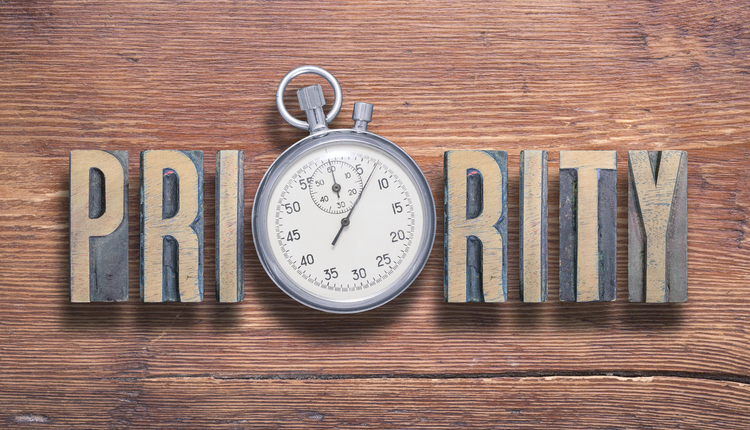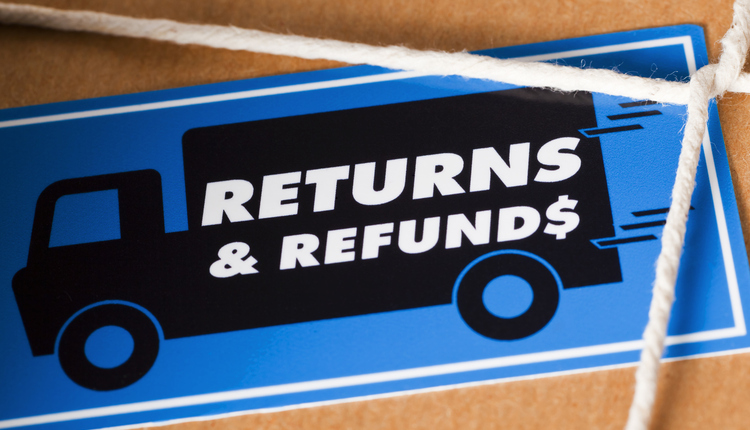Thanks primarily to Amazon (and the explosive growth of Amazon Prime), consumers in 2020 are conditioned to expect that virtually anything bought online can be shipped for free. That’s true for small orders like prescriptions and batteries, and for huge items like appliances and tires. If it means a shopper has to buy an annual subscription, or spend a little more to meet a free-shipping minimum, most people would consider that a low bar to meet.
But as every retailer and e-commerce seller knows, shipping is never free. Today’s multi-billion-dollar parcel carriers are getting paid. They moved nearly a billion parcels this past peak season. That shipping cost is being ultimately absorbed by sellers and is reflected in the price buyers are paying for products.
And parcel volume growth isn’t slowing down – it’s accelerating. According to the Pitney Bowes Parcel Shipping Index, global parcel shipping volume grew 70% from 2014 to 2017, to 74.4 billion parcels. The index projects global parcel volume to rise at a rate of 17% to 28% from 2018 to 2020, surpassing 100 billion parcels this year.
Handling increasing parcel volume isn’t just about figuring out how to do more of the same. The process of getting things where they need to go is under a transformation. In a recent report, Gartner found that transportation is the largest portion of delivery costs, due to a shift from carriers handling bulk freight to small parcels.
[Parcel and last-mile delivery will] continue to be the fastest growing shipment segments due to increases in multichannel retail, eCommerce in B2B and same-day delivery offerings.
Gartner also observed what many companies are feeling. As volume continues to grow, companies only have time to react instead of plan. That means many are missing opportunities to revolutionize parcel logistics with innovation and alternative delivery models.
How Fast Does “Fast” Need to Be?
According to research from Freightwaves, consumers unsurprisingly still have an appetite for fast delivery, with 60% of shoppers saying they’ve abandoned an online purchase because of slow delivery times. With record volumes to handle – and so much at stake with consumer expectations – efficiency, on-time consistency, and flexibility are key for parcel delivery services, whether it’s same-day, next-day, or deferred.
This year’s US peak shipping season saw about a billion package deliveries (up 4.5% from 2018). Retailers are offering more same-day options, which increases demand and the need for trucks, local delivery vehicles, drivers, warehouses, and warehouse workers.
This year, the challenge was also complicated by a shorter selling season (the holiday season was six days shorter in 2019 than is typical), new restrictions on driver hours of service, and the December 16 implementation of new rules for Electronic Logging Devices in commercial trucks. All of these factors impact capacity and the ability of networks to deliver fast and on time.
Emerging Shift in Consumer Behaviors
On the flip side of the “freer and faster” coin is Gartner research analyst Tom Enright. He’s counseled retailers on their supply chain and fulfillment strategies for more than a decade.
In a groundbreaking report published in November 2019, he detected an emerging shift in consumer behavior: “Consumers are starting to express increased concern about the environmental impact of retailer’s shipping practices, and are seeking slower, more sustainable options.”
Consumers are now defining convenience as order fulfillment on their terms, and they’re expressing more and more concerns about the environmental impact of fast, one-off deliveries.
It’s a conflict between three consumer choices:
· The desire for instant gratification
· The price reduction they can get for waiting longer for a delivery
· The impact fulfillment speed has on transportation, packaging, and other environmental issues.
According to Enright, for retailers, these shifting demands are driving the emergence of two new requirements that are somewhat at odds with current models:
· Retailers must be more environmentally sustainable in order fulfillment operations.
· Retailers must offer a wide range of shipping speeds and prices, especially if incentives or other benefits are included the offering.
Considerations for Retailers and Parcel Carriers
That means retailers – and their parcel delivery partners – need to consider more flexible fulfillment options. These will need to be able to satisfy a consumer who wants a totally different delivery than currently exists. Companies will need to consolidate multiple online purchases from different retailers, have them combined using less packaging, and have it delivered as one shipment a week from Tuesday. That’s instead of three separate shipments expedited for delivery tomorrow – or even same-day.
Major retailers like Amazon, Walmart, Target, and The Home Depot are doubling down on offering same-day delivery options. And for parcel delivery providers, it remains a highly fluid and exciting market. New network models are not only welcome, but will be required to meet the ever-evolving demands of shippers.
The explosive growth of package volumes, as well as consumers’ desire for next-day and, increasingly, same-day delivery, aren’t likely to wane anytime soon. And retailers and parcel carriers will need to pursue creative, innovative ways to keep up with those expectations and meet that demand.
Valerie Metzker is the Head of Business Development at Roadie, a crowdsourced delivery service that works with consumers, small businesses and national companies across virtually every industry to provide a faster, cheaper, more scalable solution for scheduled, same-day and urgent delivery. With over 150,000 verified drivers, Roadie covers 89% of US households — the largest local same-day delivery footprint in the nation.
This article originally appeared in the January/February, 2020 issue of PARCEL.

















